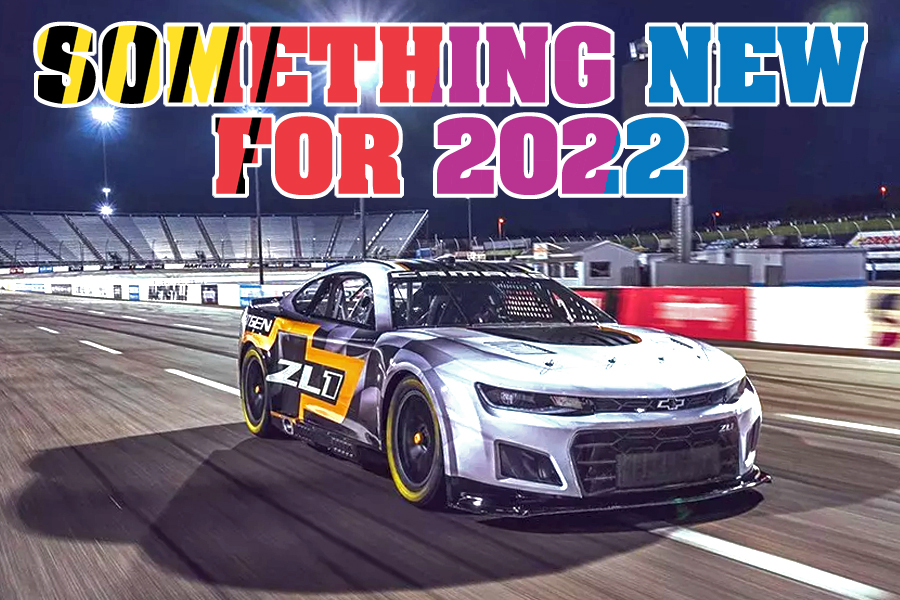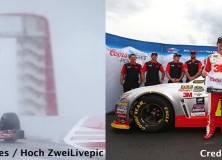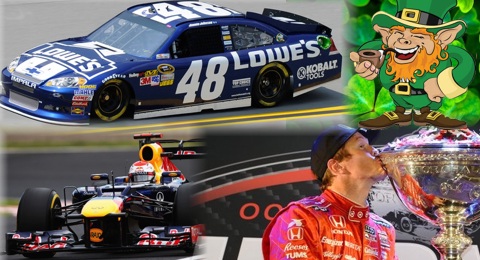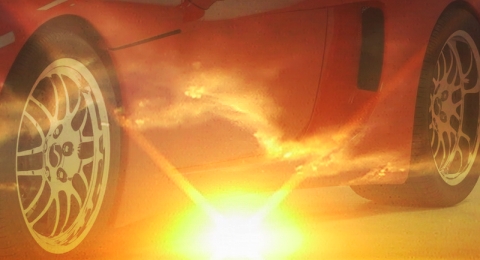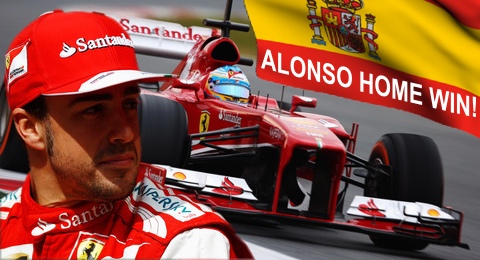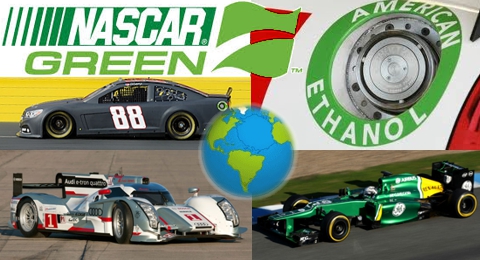2022 is starting much like 2021. This pandemic thing is still with us and causing all sorts of issues. How those issues play out as the racing season begins to look at green flags is yet to be seen.
However, some of the changes coming to racing within the sport are quite extensive. As January opens, the eyes turn to Daytona and IMSA / WeatherTech. The ROLEX 24 will see some changes in the classes such as GTD Pro instead of GT Le Mans. GT Daytona retains the designation from before. To review the classes and schedule for the upcoming season, check IMSA / WeatherTech online.
Daytona remains in focus, of course, as IMSA rolls out and NASCAR rolls in for the season opener Daytona 500. It is here that 2022 racing will showcase change on a scale unprecedented in NASCAR. The engineering and styling in the move to the 2022 Next Gen car far surpasses the changes that brought in the “Car of Tomorrow” over the familiar late model style. The 2008 CoT brought forth a new focus on driver safety with chassis, seating and cage enhancements. The Gen-6 Cup car that is being retired as of last season brought body shapes closer to manufacturer versions and put other progressions in place such as digital dash panels and more views on safety.
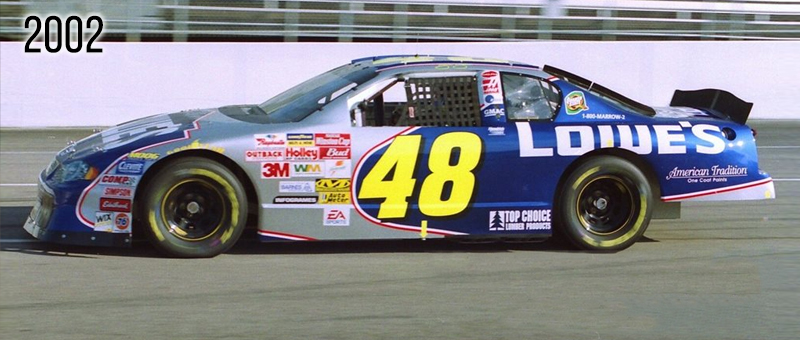
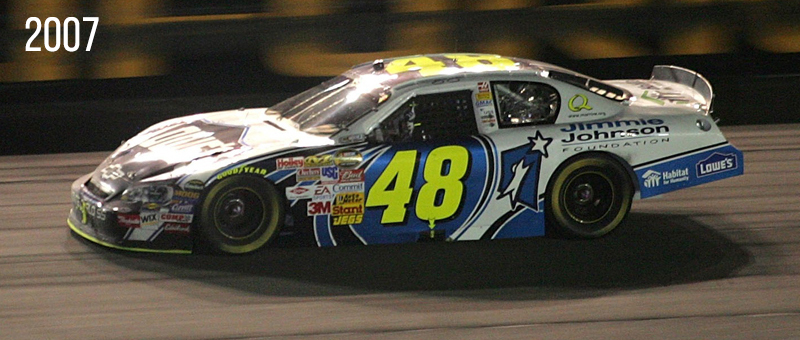
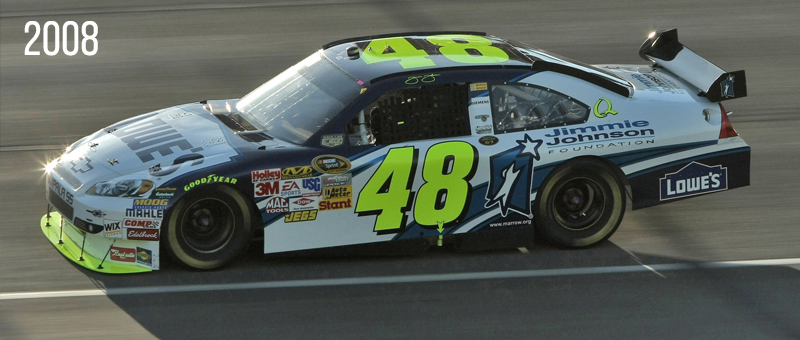
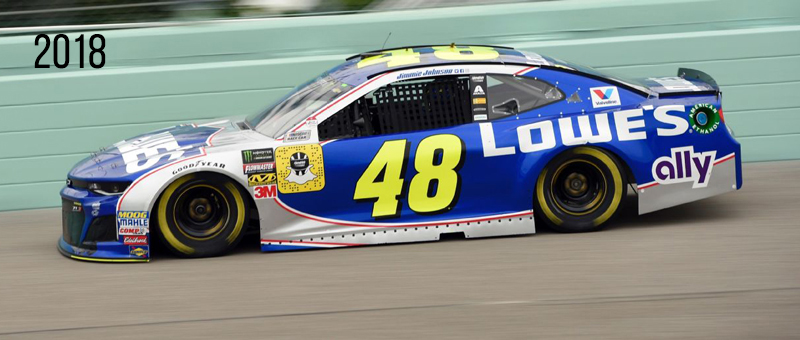
The Next Gen car making its debut in the Cup series is a leap in every way. The styling is meant to further represent manufacturer street versions. The body is now a composite of carbon fiber and plastic instead of sheet metal. Team fabrication shops will be focusing on Xfinity or Camping World series chassis as Cup cars will have a uniform central chassis that is the same for all. The front and rear suspension and drive train are also fairly uniform and bolt on to the common subframe. Independent suspension and rack and pinion steering change up the handling while a 5 speed sequential transmission replaces the 4 speed pattern. Larger brakes mean a step up to larger wheels. 18 inch aluminum wheels with a center axle lug replace the 5 lug steel wheels. This may be the most obvious change to fans as these wheels will look much different than before. The refueling system and wheel changes may resemble the pit stops of the sports cars which just ran a few weeks before at the ROLEX 24. Goodyear Eagles are still the tires on the track but with a wider stance and lower profile than before.
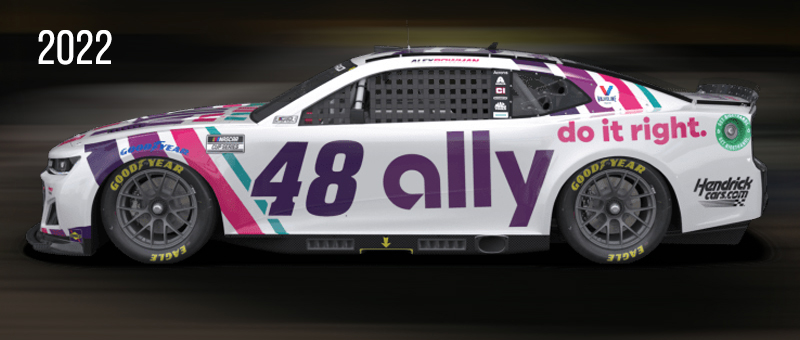
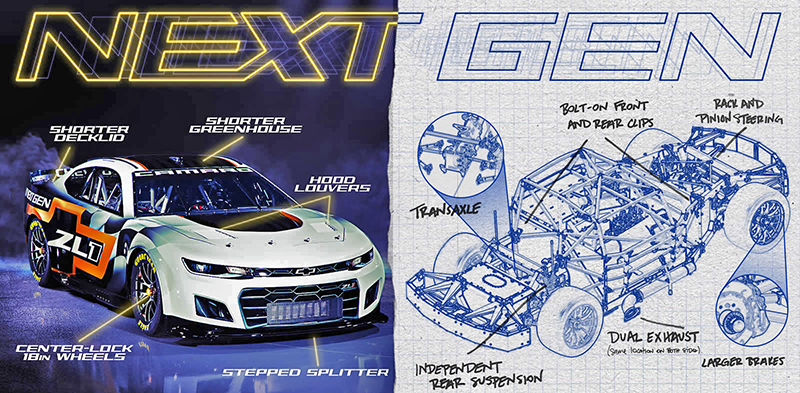
Fans should be excited for the new season and the changes. However, hangers on to the past still haunt the sport. Some just can’t get over the wall with the changes that have come along since the death of Dale Earnhardt. They can’t seem to grasp that time and technology have influenced safety and cost beyond the “good old days” and there is no going back. However, NASCAR can and should do a better job of bringing the personalities of the drivers and teams closer to the fans. Many tracks have embraced the concept with expanded access to garages and infield viewing. The fans follow drivers. The drama is not based on the cars but the interaction of the drivers is what pumps the attention of the fans. The tracks that do well have embraced the national aspect of the sport while inviting the local flavor of the fans in the area.
The local short tracks, the ovals from the hard pack dirt to the paved historic starters of the sport, are also gearing up for some performance changes. The fans may not notice but the teams and the drivers have been busy over the “off season” to make sure their cars are up to the match standards set in place for 2022. There are some body allowance rules and some chassis enhancements that will need attention before the first late model green flag drops for 2022. Hopefully, there has been some “catch up” time for the tires to get stocked for the demand. The late season of 2021 had races cancelled and tracks scrambling for tires just to make events on the basic level.
The costs of NASCAR sanctioned late model style racing has been a hurdle for many and low “car counts” at many tracks has been an issue. Fans want a show and 5 cars on track doesn’t really bring it. New rules are trying to address these cost issues but racing is often a money pit that is hard to fill. Tracks are looking at new events and new types of racing to bring in participants and fans. Drivers, tracks, sponsors and fans are facing some challenges but tracks are committed to push on.
INDYCar is putting off major changes to next year. An expanded hybrid engine system is expected. Formula 1 is putting a number of changes in place for 2022. Much like NASCAR, F1 is putting emphasis on competition and expanded safety. Aerodynamic downforce through wing and body shape design should enhance close racing with better stability. Larger wheels and low profile tires should also enhance handling and reduce heat in race conditions. The front wing and nose have a new design and the rear wing has rounded, rolled tips. F1 changes are targeted, like NASCAR, to engage racing from the driver to the fans.
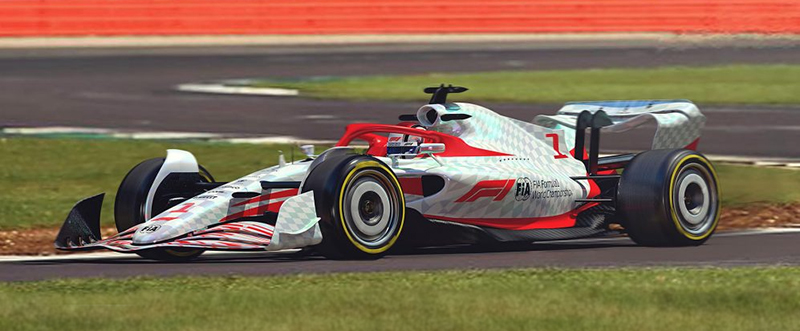
Other series will likely have some changes. NHRA, for example, is expanding some options for engine performance in some of the classes. Rallycross is looking at some format changes to increase competition. Motorcycle racing from superbike to motocross may also make a change or two for the upcoming season but who can tell…? Those 2 wheel racers are a bit off to begin with…
Expectations are high for many. Short tracks, dirt tracks and other small and local racer venues are looking at their own challenges moving into the year. Drivers and teams are digging for sponsors to carry to the tracks but racing will need attendance to thrive. For 2022, racing fans should take a little time and visit the tracks that run every weekend instead of just holding out for the “Big Guns” in the national series to visit a handful of tracks.
Let’s go local. Let’s go racing.
